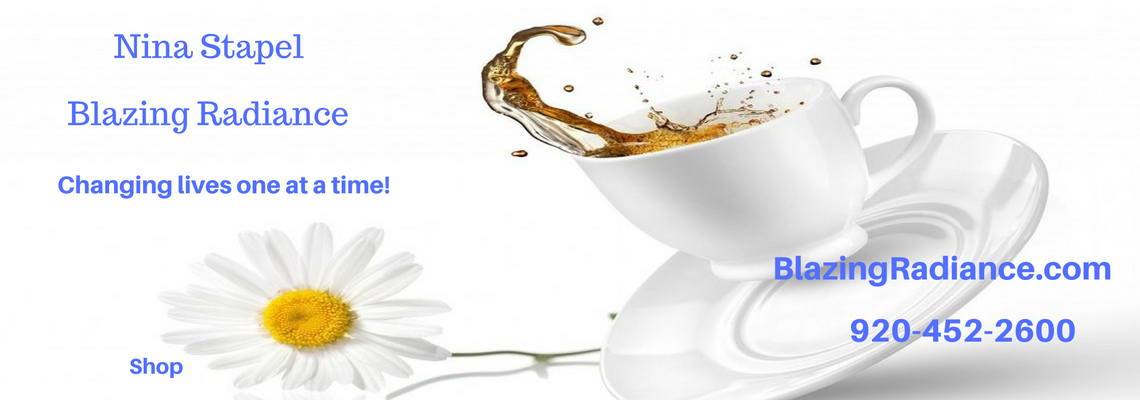Shaklee Laundry Review: No More Stained
Cloth Diapers!
I'm super excited about finally getting all of my toddler's cloth diapers looking brand spanking new and so bright! All the old stains are gone in every single one, even in the cotton prefolds that I've been using for almost a year. And no, I didn't use any bleach or Rockin Green, which I'd been happy with until I found something even better. I just had to tweak my routine a little, but I've got it now! All I need are three products: "Nature Bright Laundry Booster & Stain Remover", "Fresh Laundry Concentrate (Powder) Fragrance-Free", and diluted Basic-G, all from Shaklee. I bet they'd do a great job with getting those old white socks looking bright again, gotta try that next!
Here's how I did it (every time I'm trying less and less detergent):
To freshen up once a month, I do an overnight soak of about 20 diapers in 3 gallons of HOT water with 3 TBSP (1.5 scoop) of Nature Bright, then a prewash/hot wash/cold double-rinse (Whitest Whites plus Stain Treat) cycle with 1/3 cup diluted Basic-G (just 8 drops) in the bleach tray and add 1 TBSP (half scoop) of Nature Bright plus 1 TBSP of Fresh Laundry Powder Fragrance-Free together in each the prewash and the wash trays.
For in-between routine laundry (I wash all diapers about twice a week), I just skip the soaking part. FYI, I have an HE front loader, which is a particular tricky situation, since it uses much less water (sometimes I add 2 big wet towels to add more weight and friction). I also have a water softener. If you have a different washer or hard water, you may need more or less detergent to get those diapers clean and stain-free.
For Toxic Free and great Laundry go here.
Here's how I did it (every time I'm trying less and less detergent):
To freshen up once a month, I do an overnight soak of about 20 diapers in 3 gallons of HOT water with 3 TBSP (1.5 scoop) of Nature Bright, then a prewash/hot wash/cold double-rinse (Whitest Whites plus Stain Treat) cycle with 1/3 cup diluted Basic-G (just 8 drops) in the bleach tray and add 1 TBSP (half scoop) of Nature Bright plus 1 TBSP of Fresh Laundry Powder Fragrance-Free together in each the prewash and the wash trays.
For in-between routine laundry (I wash all diapers about twice a week), I just skip the soaking part. FYI, I have an HE front loader, which is a particular tricky situation, since it uses much less water (sometimes I add 2 big wet towels to add more weight and friction). I also have a water softener. If you have a different washer or hard water, you may need more or less detergent to get those diapers clean and stain-free.
For Toxic Free and great Laundry go here.



 Most of us take supplements to improve our health. We count
on those supplements being pure and effective. We don’t expect the supplements
we take to contain carcinogenic (cancer causing) contaminants. However, that
expectation appears to be unfounded. A recent study found that 72% of
supplements tested were contaminated with a particularly dangerous class of
cancer causing chemicals called polycyclic aromatic hydrocarbons (PAHs)
Most of us take supplements to improve our health. We count
on those supplements being pure and effective. We don’t expect the supplements
we take to contain carcinogenic (cancer causing) contaminants. However, that
expectation appears to be unfounded. A recent study found that 72% of
supplements tested were contaminated with a particularly dangerous class of
cancer causing chemicals called polycyclic aromatic hydrocarbons (PAHs)  organic materials. Major environmental sources
of PAHs are incomplete burning of gasoline, coal and other fuels. Unfortunately,
automobile exhaust, coal burning power plants, and exhaust from factories are
almost ubiquitous in today’s world, resulting in significant PAH contamination
of our air, water, and soil. The unfortunate truth is that we all live in an
increasingly dirty and toxic environment.
organic materials. Major environmental sources
of PAHs are incomplete burning of gasoline, coal and other fuels. Unfortunately,
automobile exhaust, coal burning power plants, and exhaust from factories are
almost ubiquitous in today’s world, resulting in significant PAH contamination
of our air, water, and soil. The unfortunate truth is that we all live in an
increasingly dirty and toxic environment. The European Union has taken the lead in regulating PAH
levels. They have used the IARC guidelines to create upper allowable limits for
PAHs in food and supplements. Separate standards were set for benzo[a]pyrene and
the total of the four most common PAH contaminants (benzo[a]anthracene,
benzo[a]pyrene, benzo[b]fluoranthrene, and chrysene). Those new regulations just
went into effect April 1st 2016.
The European Union has taken the lead in regulating PAH
levels. They have used the IARC guidelines to create upper allowable limits for
PAHs in food and supplements. Separate standards were set for benzo[a]pyrene and
the total of the four most common PAH contaminants (benzo[a]anthracene,
benzo[a]pyrene, benzo[b]fluoranthrene, and chrysene). Those new regulations just
went into effect April 1st 2016. contaminated with cancer causing PAHs? Here is some food
for thought.
contaminated with cancer causing PAHs? Here is some food
for thought. 